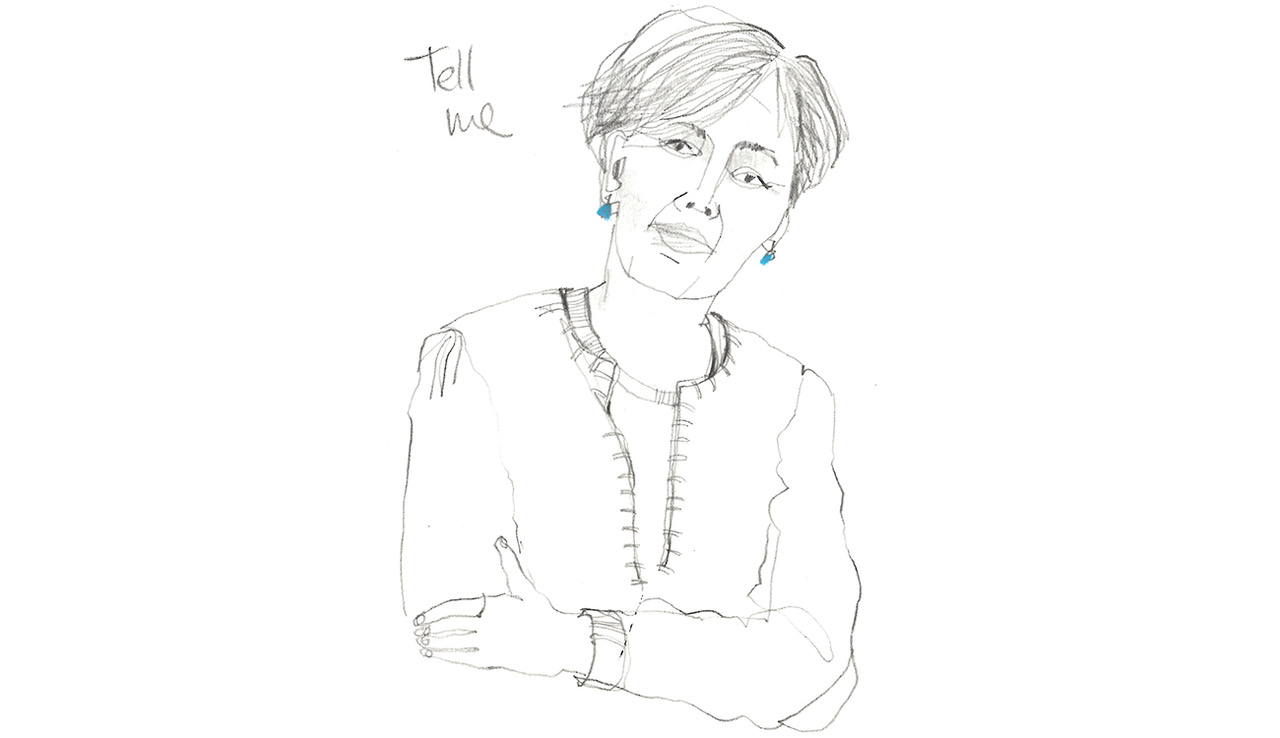
What AI will do to our industry
Today’s AI is not a revolution it’s an evolution.
We are old enough to have worked when designers needed hand drawing skills. A direct connection from the brain to hand to paper. There was no intervention. It was human intelligence that powered design. The concept was the start of the process.
Then along came ‘desktop publishing’.
Desktop publishing began in 1985 with the introduction of PageMaker software from Aldus and the LaserWriter printer for the Apple Macintosh computer.
By 1994 Adobe had acquired Aldus and that was the end of the brain hand connection. About the same time Don Norman coined the term “user experience” for his group at Apple Computer. (Watch Don explain the history of “UX” and what he thinks of how people use his word now.)
The idea of applying AI to design and UX has denigrated the design industry. Research is now driven by ‘big data’. Personas have taken over from real life interviews. Designers and clients completely ignore the fact our customers have an onlyness. We squeeze them into a one size fits all model. AI facilitates this, in fact it can’t function without doing this.
Where will it end
Canva and Adobe have recently announced they are investing heavily in AI.
Here’s how it will go. Imagine an Adobe version of Siri integrated into Indesign. Let’s call they them Asiri.
This is how you will speak to Asiri on Indesign
“Asiri design me a 4 page brochure to be given out at the Toyota stand at the car show. The text file is in the Assets folder. The text file gives the name of the images and where they are to be used. The Persona folder has a description of the persona developed by the client. This has to be bright and glossy and designed like it comes from the Frost Collective”.
Asiri will respond
“Give me 5 minutes, go make yourself a coffee.”
This is what Canva and Adobe are after. Sounds good? No. It means a casual admin assistant at $22 an hour can replace what many designers now do.
This type of work fits into the first and second Level of the design maturity ladder. It’s largely executional; focused on the output not the outcome. This is the work that AI can replace. Unfortunately for the vast majority of Australian design businesses they get about 30% of their revenue at these levels.
What’s the answer
Research and strategy are key to design operating above level 3 on the design maturity ladder.
In 1956, Thomas Watson Jr. hired as IBM’s design consultant Eliot Noyes, a well-respected architect and former curator of industrial design at New York’s Museum of Modern Art. Noyes’s goal was to create a first-of-a-kind corporate design program that would encompass everything from IBM’s products, to its buildings, logos and marketing materials. They locked design strategy and business strategy together.
We have failed to show design and business integration in most Australian businesses.
We are our own worst enemy. I am constantly amazed to see designer websites that list strategy as a service and immediately go on to describe how they ‘plan’. Strategy is much more than planning. Check out Roger Martin and what he has to say about strategy and planning. Then buy his book Playing to win to see a very effective way to integrate design and business strategy.
Google, big data and online surveys are not human centred research.
Old fashioned face to face journalistic interviews are human centred. The technique of following the responses, reading the room and understanding spoken word nuances is a human centred design skill. I don’t see or hear of many who do this. If you do please contradict me.
To compete with AI we need to move up the design ladder. Learn how design strategy and business strategy intertwine. Refine our research skills without Google, big data and online surveys.
As Steve Blank says. Get out of the building.
Takeaway
The current iteration of AI will kill off many small design businesses; those that have traditionally produced outputs. This will force designers to go back to the future. The skill of linking the brain and the hand to produce crafted concepts will be needed to survive.
Greg Branson
Always happy to talk the business of design – contact me if you would like to learn more.
Design Business Council : business advice for creatives.
We help designers build better, stronger, more sustainable, businesses.
More articles about business models
- Some further thoughts on customer development.
- The danger of big data.
- Is AI killing the graphic design industry?
Design Business Review is Australia’s only online design management magazine. It’s professional development information written specifically for Australian designers by Australian designers. Best of all, it’s free.
.
Greg Branson
Greg’s passion is the research and development of methods that improve design management and the role of design in business.
Greg has developed The Design Business School to help owners manage their business better along with showing designers how to get more involved in the studio and develop their career path. Contact Greg.

